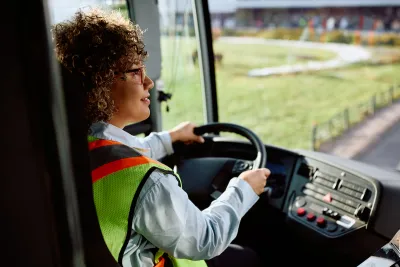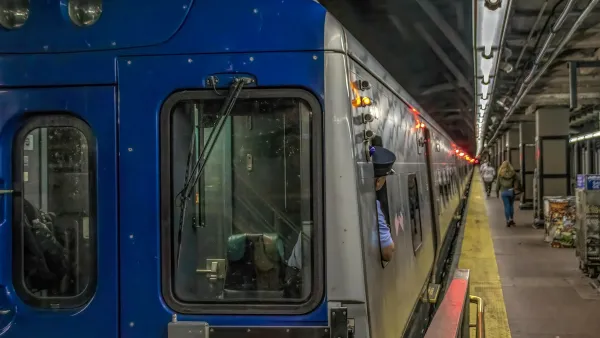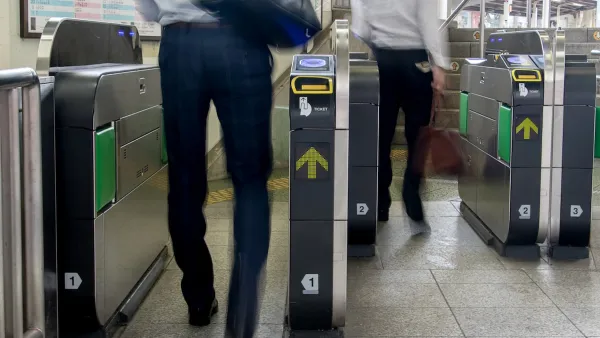Transit workers are being assaulted by riders at alarming rates, and inequity may be partly to blame.

“According to new research from the Urban Institute, America's transit workforce is experiencing an alarming increase in violent attacks, with incidents that resulted in a death or hospitalization climbing from 168 in 2008 to 492 in 2022,” reports Kea Wilson in Streetsblog USA. The study shows this may be in part due to larger issues such as poverty and inequality.
According to Lindiwe Rennert, senior research associate for the Urban Institute, “before disproportionately low-income and radically marginalized passengers even arrive at a bus or a train stop, they're carrying the weight of an unjust and violent society. And once they arrive, those indignities are often mirrored in the transit experience itself, including long waits at unsheltered stops with no seats, steep fares they can't afford, police violence if they're unable to pay, route maps, schedules, and services that weren't designed with their actual needs in mind, and a universe of other frustrations that can all too easily boil over.” In other words, the violence is often a result of the broader “rampant inequality that plagues riders,” or “how the public is lashing out from other inefficiencies.”
While these issues require solutions far outside the scope of transit agencies, Rennert says “improving service can be a ‘first step’ to calming transit riders’ frayed nerves, as can removing fares that often become a flashpoint for an assault.” Other suggestions include “physically separating drivers from passengers in clear-walled compartments, taking the burden of fare collection off of operators by enlisting ambassadors or eliminating fares entirely, and providing workers with de-escalation training to diffuse violent situations.”
FULL STORY: The Real Reason Assaults Against Transit Workers Are On The Rise

National Parks Layoffs Will Cause Communities to Lose Billions
Thousands of essential park workers were laid off this week, just before the busy spring break season.

Retro-silient?: America’s First “Eco-burb,” The Woodlands Turns 50
A master-planned community north of Houston offers lessons on green infrastructure and resilient design, but falls short of its founder’s lofty affordability and walkability goals.

Delivering for America Plan Will Downgrade Mail Service in at Least 49.5 Percent of Zip Codes
Republican and Democrat lawmakers criticize the plan for its disproportionate negative impact on rural communities.

Test News Post 1
This is a summary

Test News Headline 46
Test for the image on the front page.

Balancing Bombs and Butterflies: How the National Guard Protects a Rare Species
The National Guard at Fort Indiantown Gap uses GIS technology and land management strategies to balance military training with conservation efforts, ensuring the survival of the rare eastern regal fritillary butterfly.
Urban Design for Planners 1: Software Tools
This six-course series explores essential urban design concepts using open source software and equips planners with the tools they need to participate fully in the urban design process.
Planning for Universal Design
Learn the tools for implementing Universal Design in planning regulations.
EMC Planning Group, Inc.
Planetizen
Planetizen
Mpact (formerly Rail~Volution)
Great Falls Development Authority, Inc.
HUDs Office of Policy Development and Research
NYU Wagner Graduate School of Public Service





























